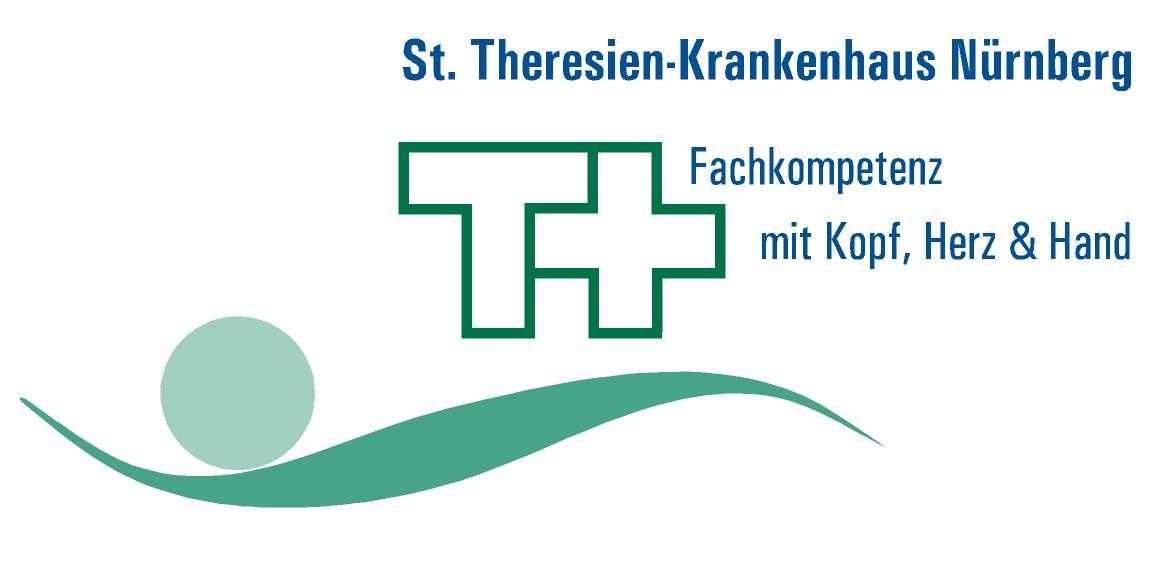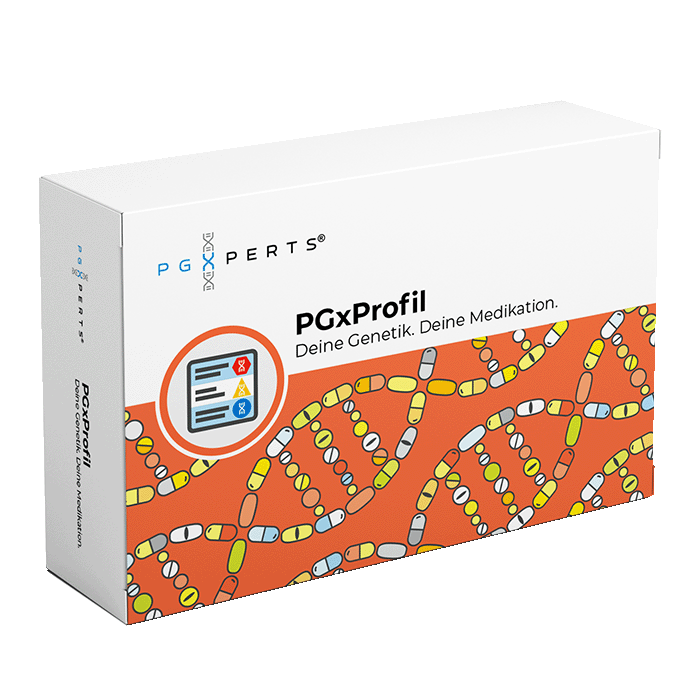
PGXperts PRiM
Personalized Risk management in the Medication Process
With PGXperts PRiM, you can identify risks before they become a problem. Based on the available patient data, the system identifies potential risks in the current medication—directly in the clinical routine. Our goal: drug therapy safety at every stage of treatment.
References
Benefits
Features
Cooperations
Increasing demands on hospitals in terms of efficiency and quality require innovative solutions, seamless IT integration, and direct connection to the telematics infrastructure.
Hospitals trust us nationwide





+ 35 more
Hospitals trust us nationwide
31,500 AMTS checks performed daily

Daniela Waterfeld
Physician Assistant (B.Sc.) in Cardiology
“PGXperts is seamlessly integrated into the hospital’s internal medication process. Medication intake is simplified, and the creation of discharge medication is intuitive. Drug interactions can be identified with a single click – overall, an excellent tool for improving patient safety.”

Uwe Linnebacher
Medical Assistant in Orthopedics & Trauma Surgery
“The user interface is clear and transferring data to our electronic patient records is very easy. A BMP can be created quickly upon discharge or transfer. In addition, the AMTS check provides valuable support by highlighting potential pitfalls in medication.”

Dr. med. Martin Gauer
Medical Director
“The software effectively identifies and visually highlights important interactions between medications. This enhances medication safety in our facility, providing direct benefits to both patients and staff. We were able to acquire the software through the KHZG funding and are very satisfied.”
Personalized
Complex medication always under control
Patient safety is the top priority when prescribing medication, as side effects or treatment failure can have serious consequences.
PRiM therefore takes into account not only dosages and possible interactions, but also individual risks such as allergies, laboratory values, and pharmacogenetic factors.


Efficient
Everyone benefits from optimized medication processes
With our digital drug therapy safety pathway, we guide users safely through the medication process, reducing the workload of medical staff. By avoiding medication risks, not only can patient well-being be improved, but potential follow-up costs can also be prevented.
Intuitive
User-friendly design that delights
Users are guided step by step through the medication process. All essential functions are easily accessible on the user interface, and the clear classification of interaction severity provides additional clarity.
Interoperabel
Seamless integration into your IT infrastructure
Our open interfaces ensure efficient integration into your IT landscape by supporting HL7 and FHIR standards. The software is web-based and installed locally on your servers. The interface to the telematics infrastructure enables access to the electronic patient file (ePA) for the creation of the electronic medication plan (eMP) and e-prescriptions.
No licensing fees for interfaces
Including free interface maintenance


Government regulations
Wir unterstützen Sie bei der Einhaltung aktueller Anforderungen!
PGXperts PRiM entspricht den Vorgaben des KHZG-Fördertatbestands 4 und deckt in Verbindung mit weiteren klinischen Systemen zugleich Fördertatbestand 5 ab.
Zudem unterstützen wir Kliniken bei der Einhaltung der im Krankenhausversorgungsverbesserungsgesetz (KHVVG) festgelegten Anforderungen an Struktur- und Prozessqualität.
Discover PGXperts PRiM
Pharmacogenetic testing
How can you provide your patients with personalized medication?
Pharmacogenetics provides insight on how genetic variants influence the efficacy and safety of drugs.
A PGx test helps you select and dose the right medication based on your patients’ genetic predisposition.

Cooperation partner
PGXperts PRiM as an integrated drug therapy safety solution
PGXperts PRiM is compatible with a wide range of healthcare IT solutions. As an drug therapy safety partner, we are integrated into the digital care and treatment documentation VMobil by ADVANOVA.

Martin Gröne
Head of Sales & Business Development – ICx
Contact
Efficient drug therapy begins with a consultation – no strings attached!
We would be delighted to present the features and benefits of PGXperts PRiM to you in detail. Schedule a consultation with your personal consultant today.
Downloads
More information
Integration into the digital care and treatment documentation VMobil
PGXperts PRiM and VMobil
Reliable medication management
The mobile electronic patient pathway VMobil from ADVANOVA GmbH was specifically developed for use in clinical practice. Aiming to reduce medication errors and avoidable risks for patients in drug therapy, PGXperts PRiM enhances the system with a range of features:
Medication anamnesis and transition to hospital medication
Creation of discharge medication (including e-prescription)
AMTS check at every step along the medication process
Supporting pharmacogenetic end-to-end process
Polypharmacy patient*
Mrs Elisabeth Schmidt (74) is hospitalized due to severe pneumonia.
She reports an ulcer in her mouth and an unexplained haematoma on her lower leg.
In addition to rheumatoid arthritis, she suffers from high blood pressure and her uric acid levels are elevated.
Medication anamnesis
by scanning the medication plan that the patient has brought with them.
All the information it contains is transferred automatically into PGXperts PRiM.
Hospital medication
Ramipril is replaced by Enalapril.
She prescribes the antibiotic Ampicillin/Sulbactam i.v. to treat the pneumonia.
She advises Mrs Schmidt to avoid milk while taking Azathioprine and to avoid eating grapefruit and liquorice.
Drug interaction

She discovers a serious interaction between Azathioprine and Allopurinol, which can lead to increased liver values and blood disorders.
There is also a risk of severe skin reactions due to a potential pharmacogenetic effect.
For this reason, she switches Allopurinol to Benzbromarone 20mg daily, slowly increasing to 100mg.
Pharmacogenetic effect

She then orders genotyping, the results of which show reduced TPMT activity.
As a result Dr Müller reduces the dose.
Extended risk factor

Dr Müller switches his clinic medication from Bisoprolol to Nebivolol due to a previous severe pollen allergy in order to minimise the risk of a severe allergic reaction.
Discharge medication
1) Medication anamnesis
Dr Müller records the patient´s medication history
She records the current medication by scanning the patients medication plan.
All the information it contains is transferred automatically into PGXperts PRiM.
2) Hospital medication
Dr Müller changes the medication to the hospital formulary, which is stored in PGXperts PRiM.
Ramipril is replaced by Enalapril.
She advises Mrs Schmidt to avoid milk while taking Azathioprine and to avoid eating grapefruit and liquorice.
She prescribes the antibiotic Ampicillin/Sulbactam i.v. to treat the pneumonia.

Dr Müller checks the medication for drug therapy safety risks with PGXperts PRiM.
She discovers a serious interaction between Azathioprine and Allopurinol, which can lead to increased liver values and blood disorders.
There is also a risk of severe skin reactions due to a potential pharmacogenetic effect.
For this reason, she switches Allopurinol to Benzbromarone 20mg daily, slowly increasing to 100mg.
4) Pharmacogenetic effect

Dr Müller is informed that the FDA recommends genetic testing before administering the high-risk drug Azathioprine due to its Myelotoxicity.
She then orders genotyping, the results of which show reduced TPMT activity.
As a result Dr Müller reduces the dose.
5) Extended risk factor

PGXperts PRiM accesses historical and current treatment data.
Dr Müller switches from Bisoprolol to Nebivolol in the hospital medication due to a previous severe pollen allergy in order to minimise the risk of a severe allergic reaction.
6) Discharge medication

Mrs Schmidt recovers from the pneumonia within a few days and is discharged from hospital.
Dr Müller expects that by reducing the dose of Azathioprine, the mouth ulcer and haematoma will subside in the near future.
The discharge medication is created in PGXperts PRiM and automatically transferred to the doctor’s discharge summary letter.
Dr Müller creates a new electronic prescription and an eMP.
*Disclaimer: All scenarios depicted are purely fictitious and are for illustrative purposes only.
Similarities with real situations are purely coincidental and not intentional.



